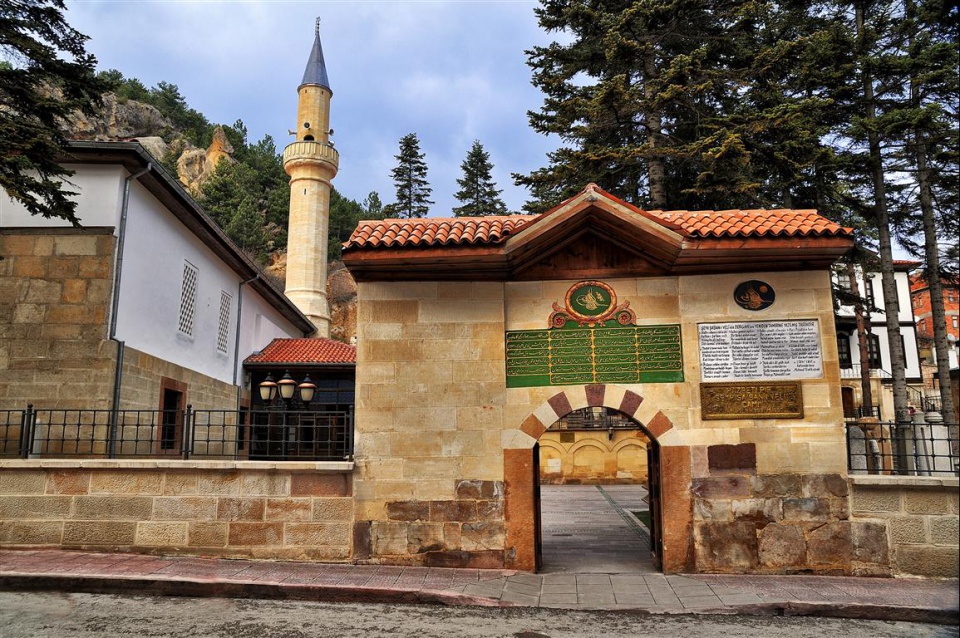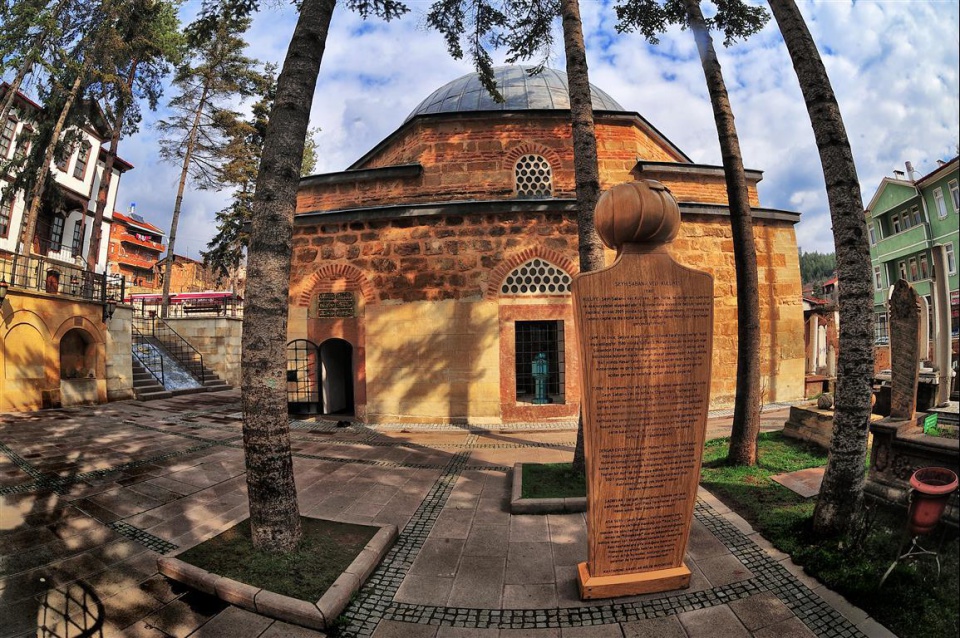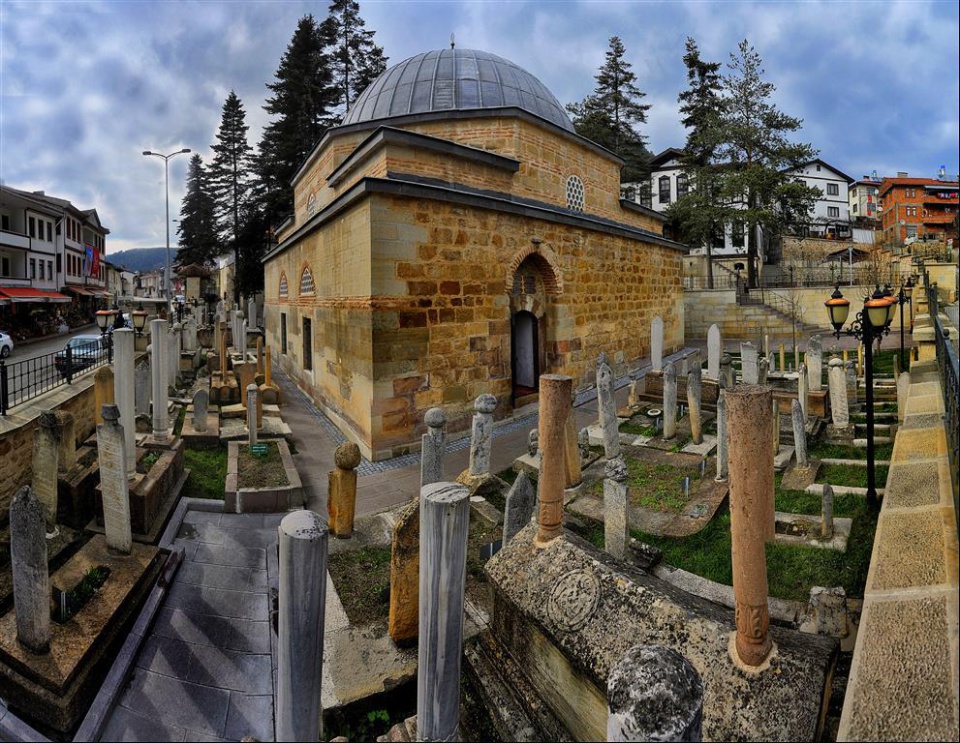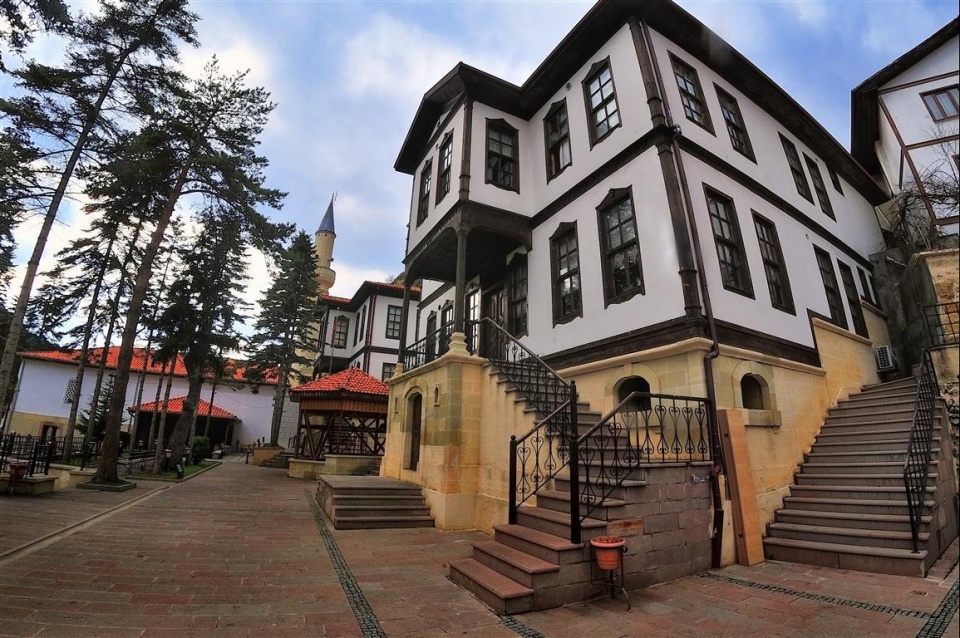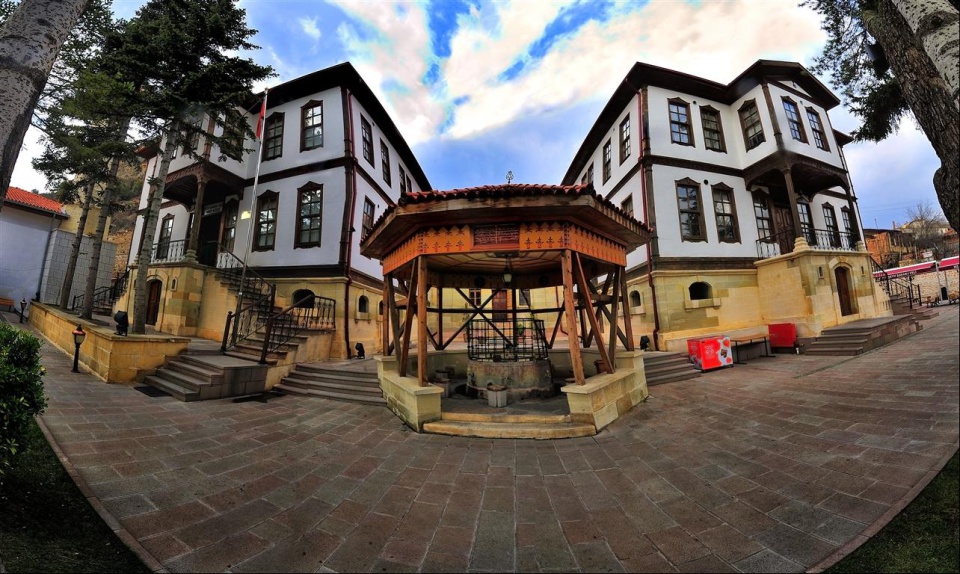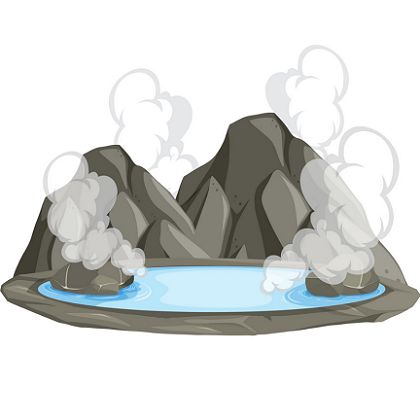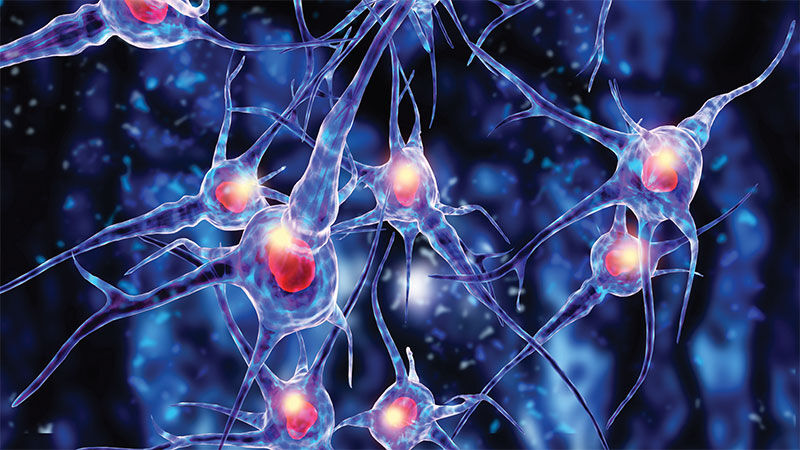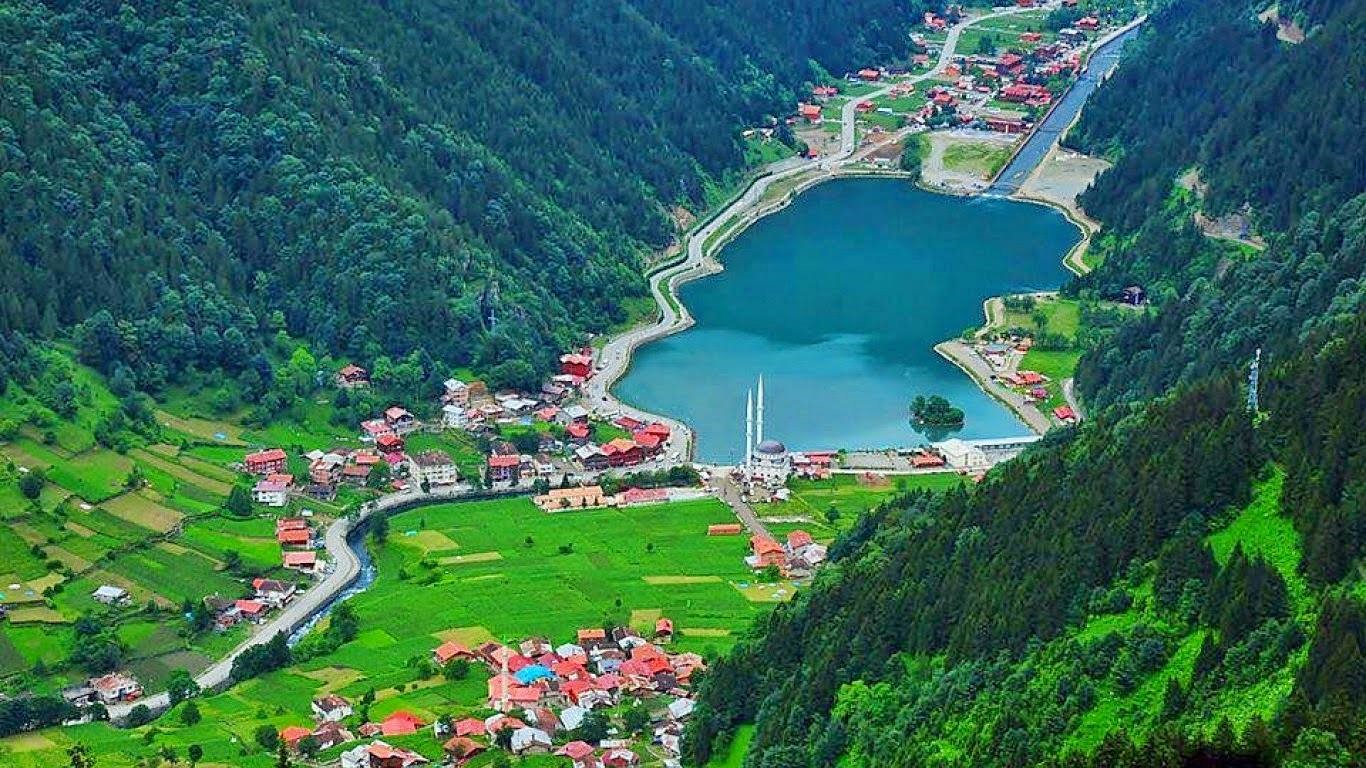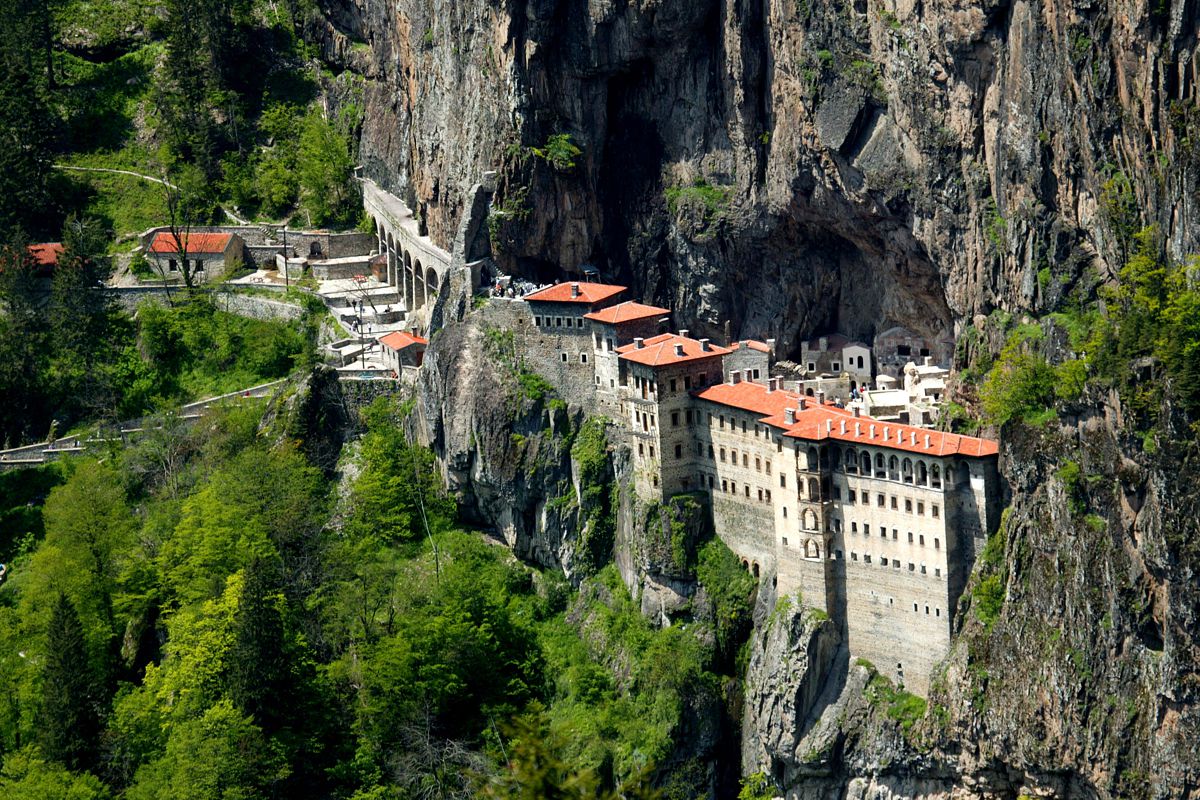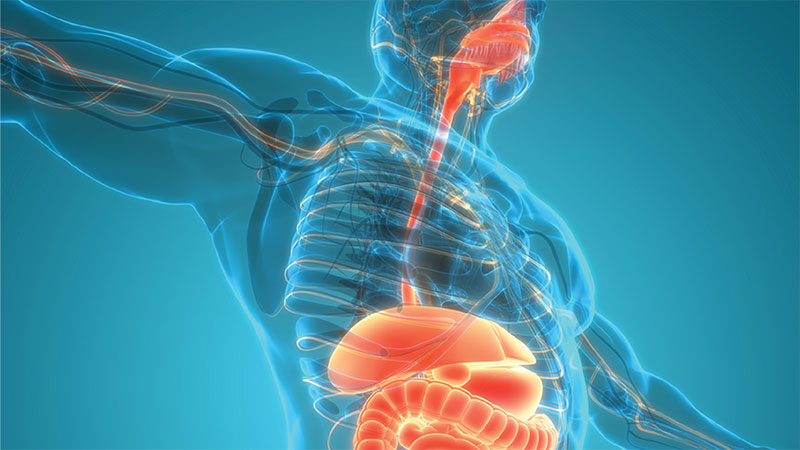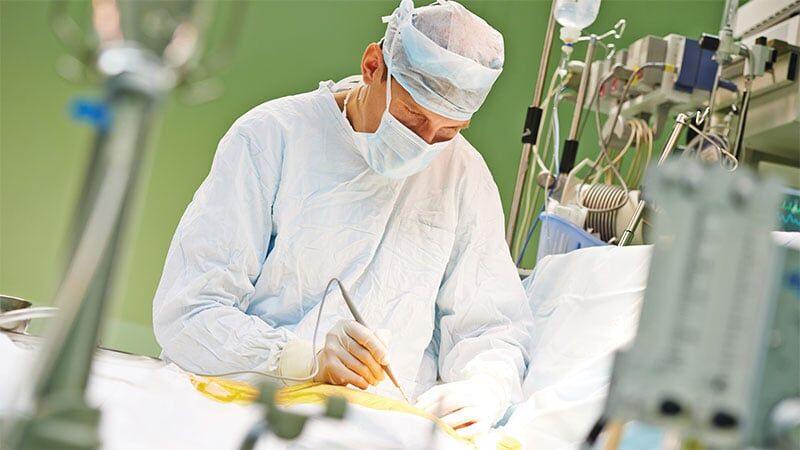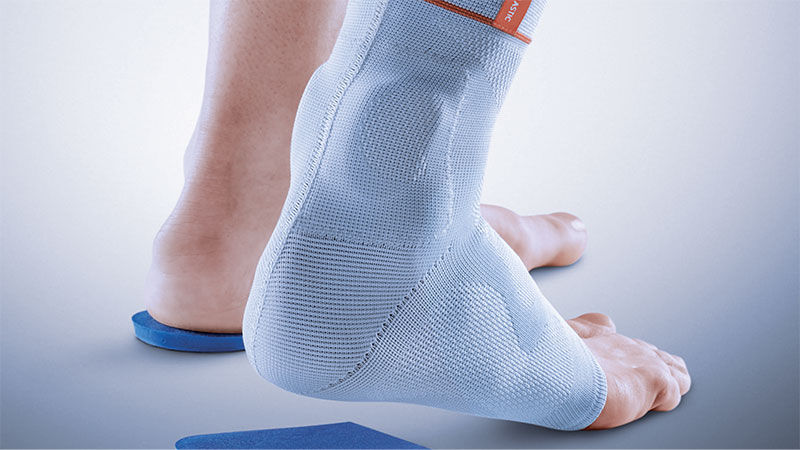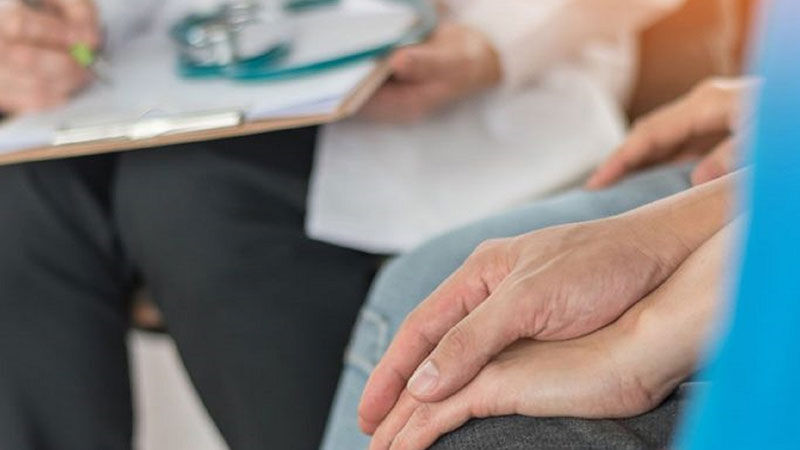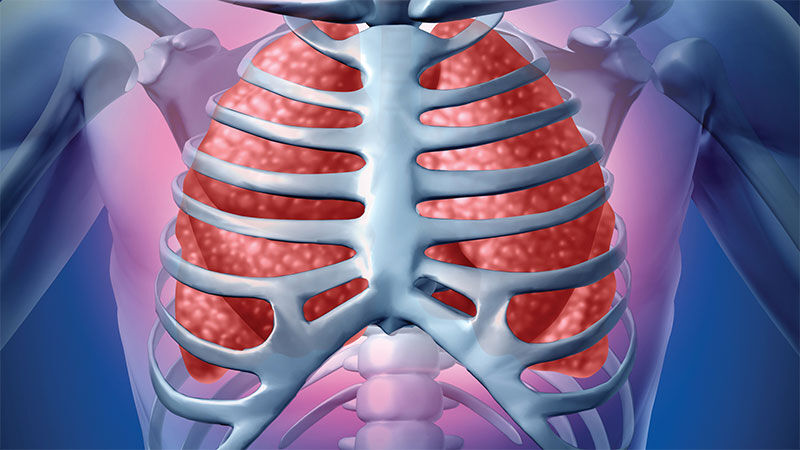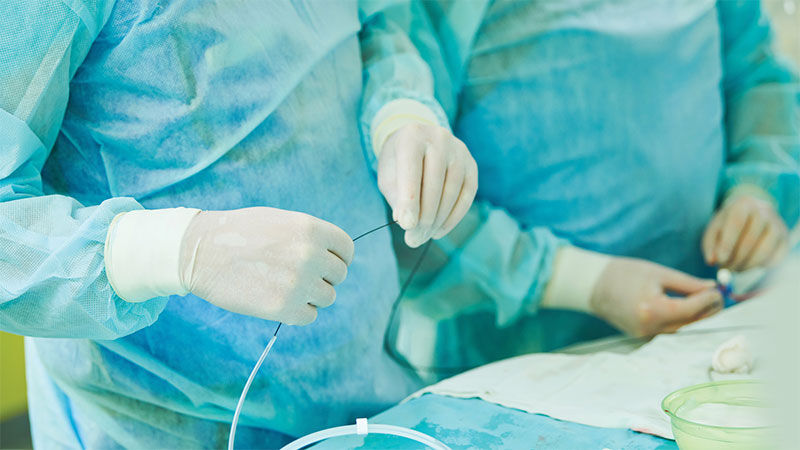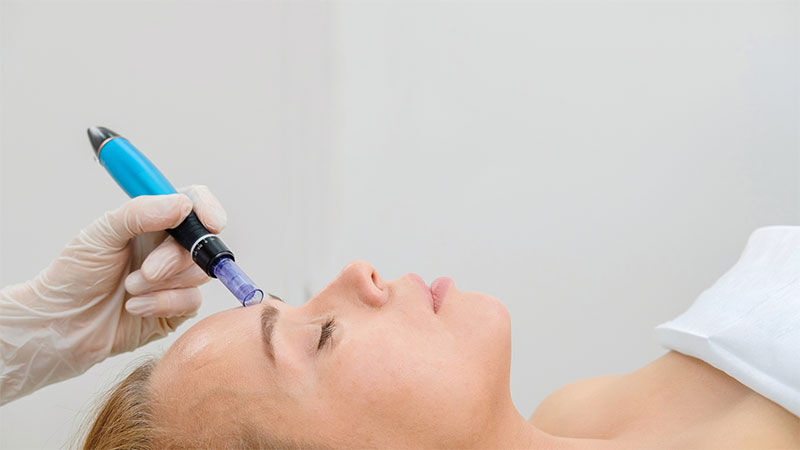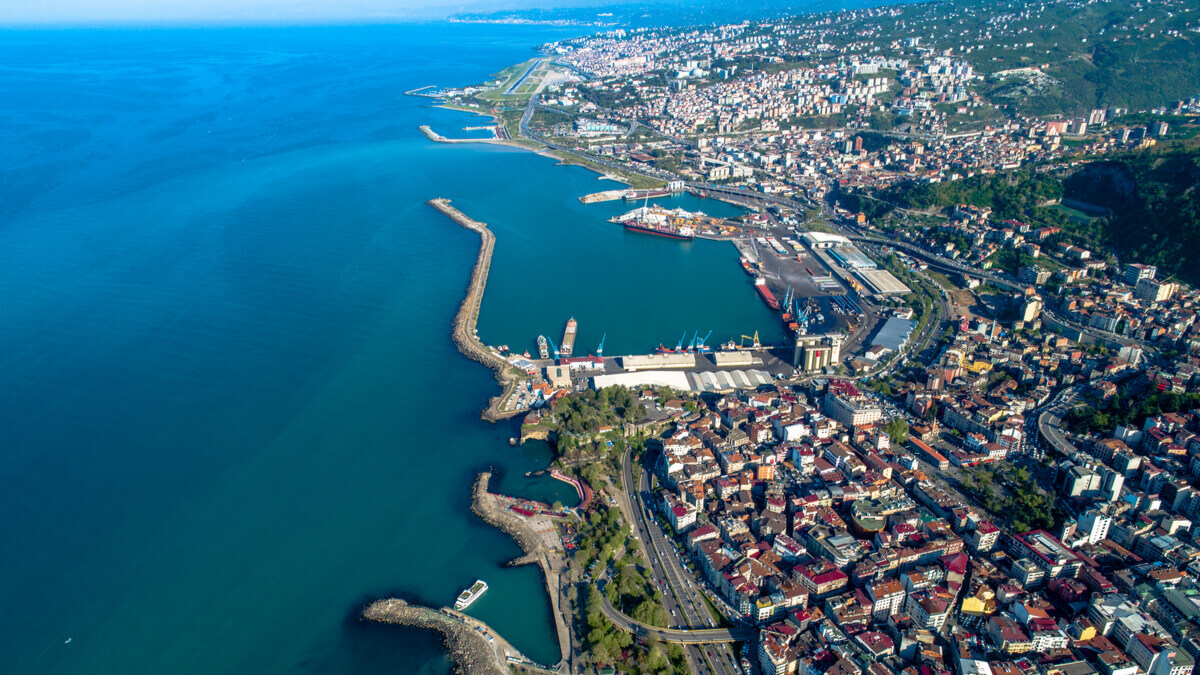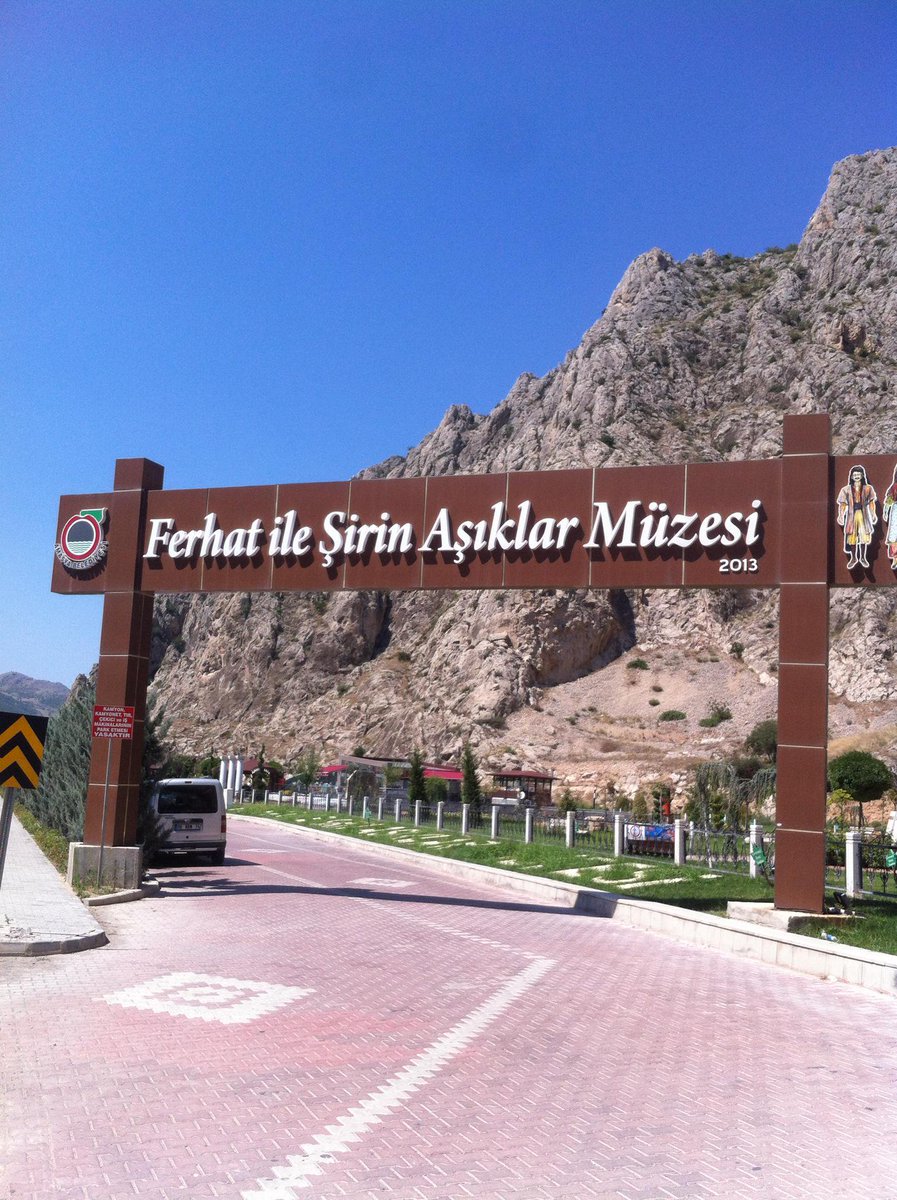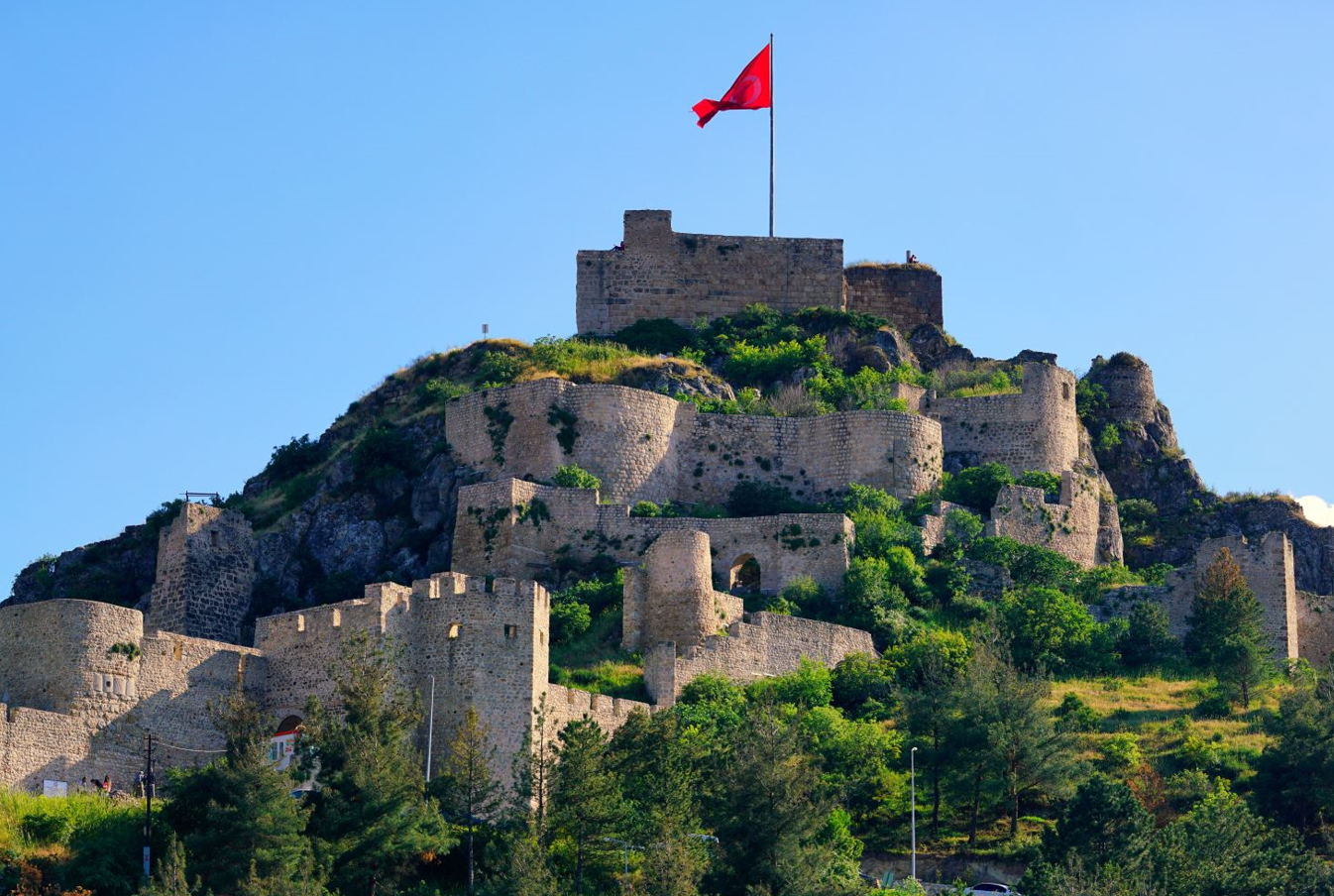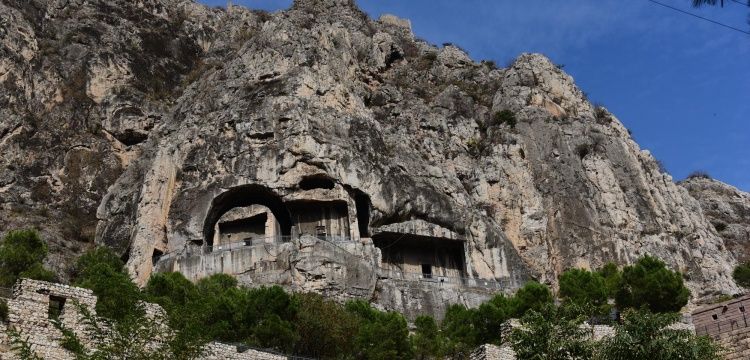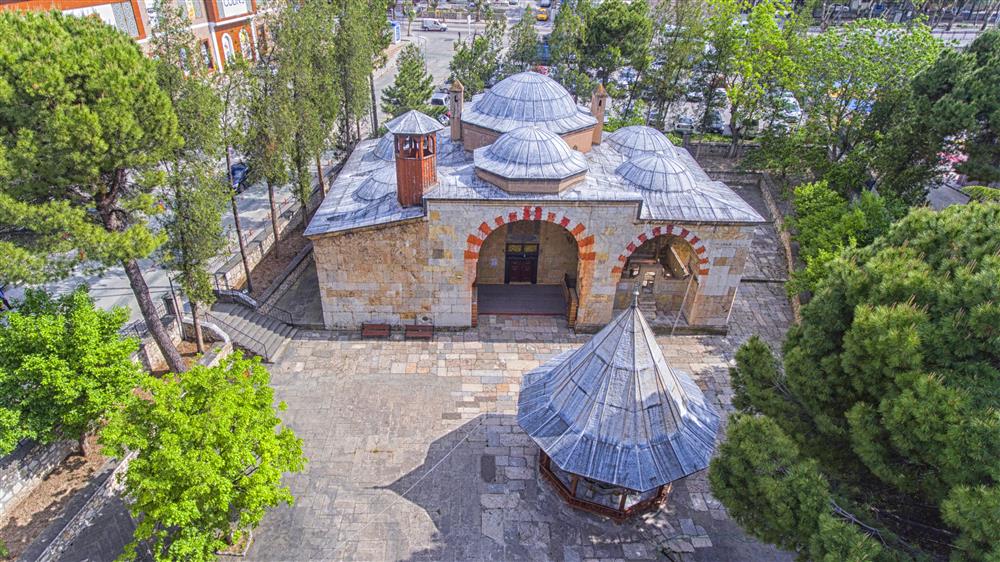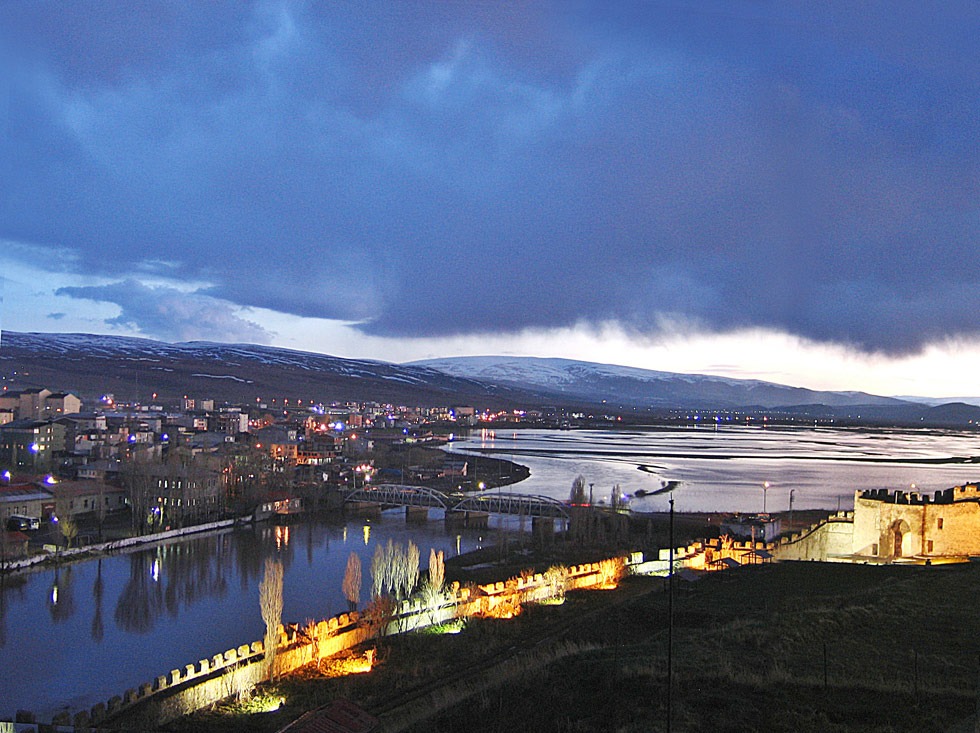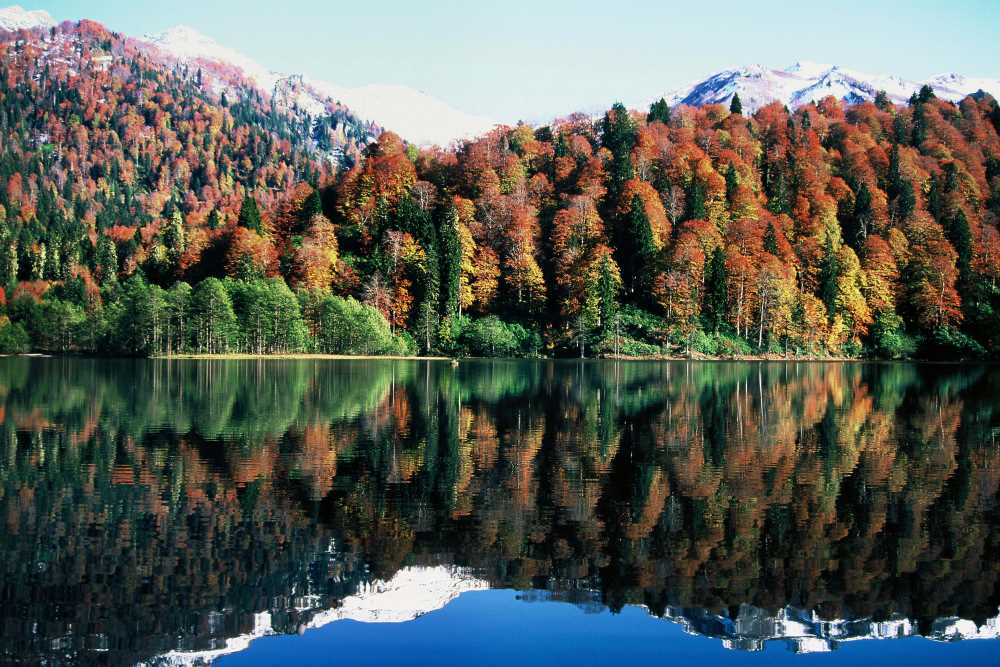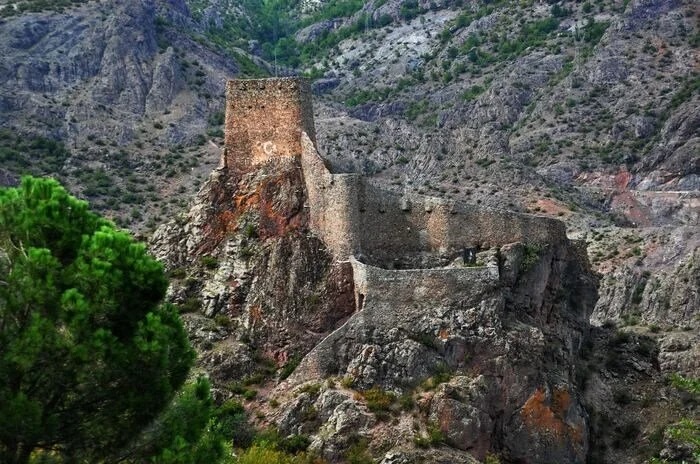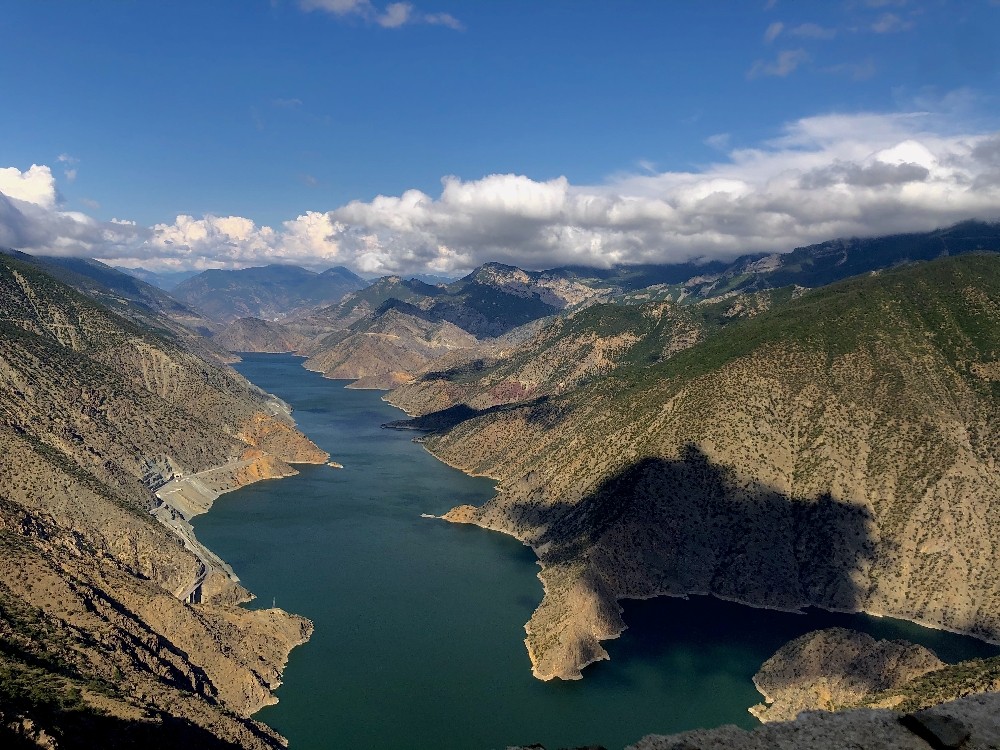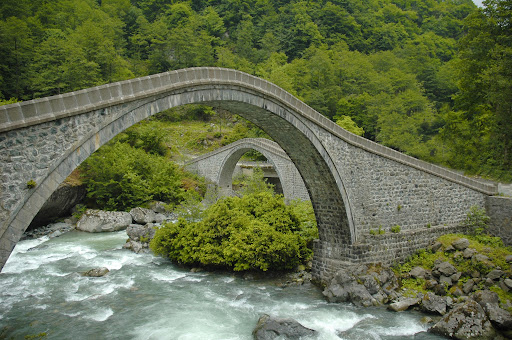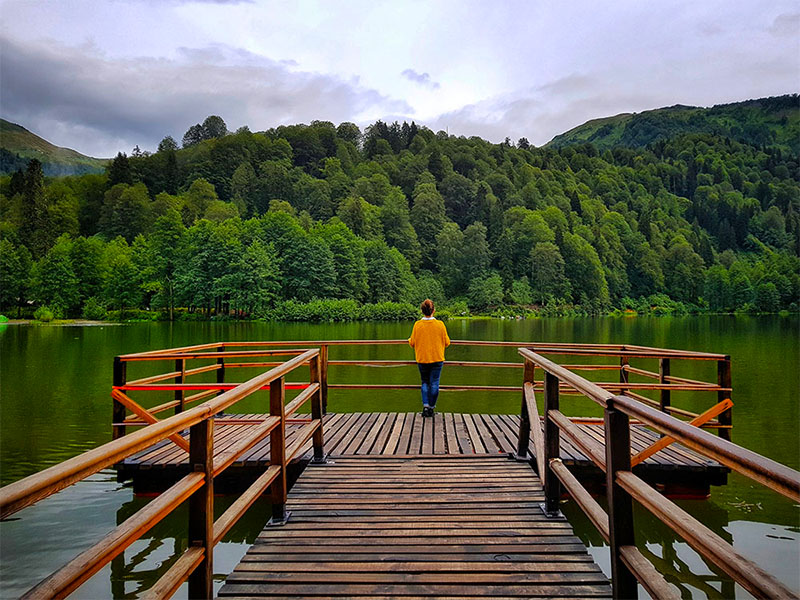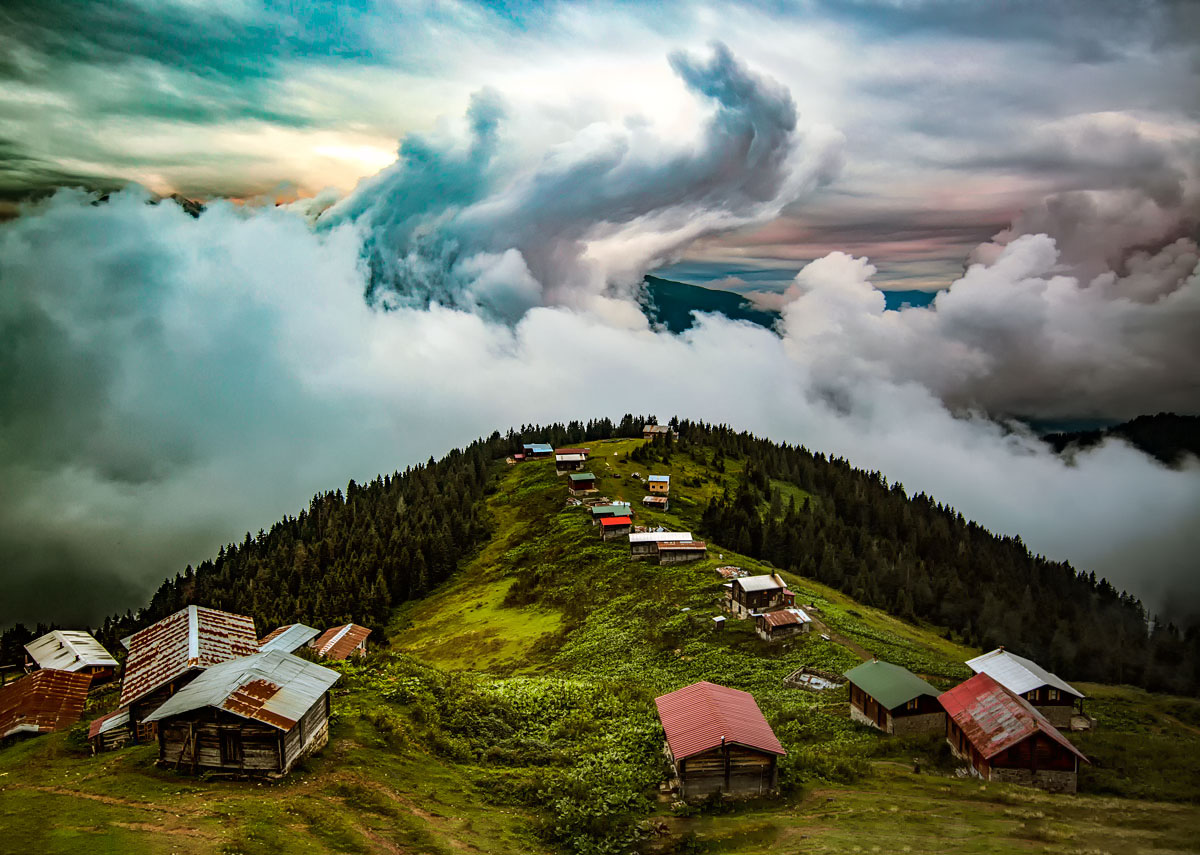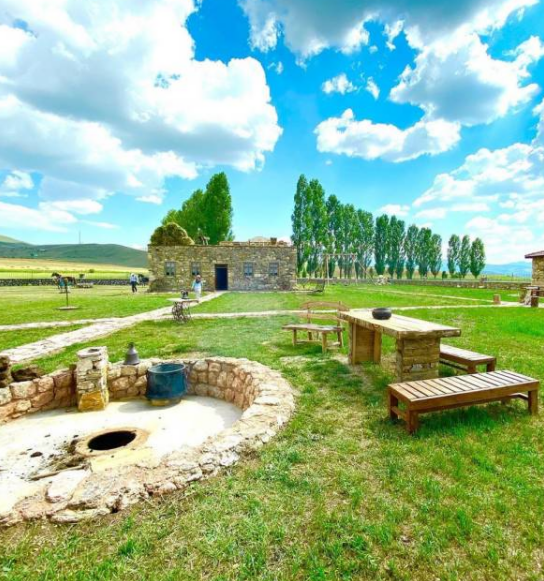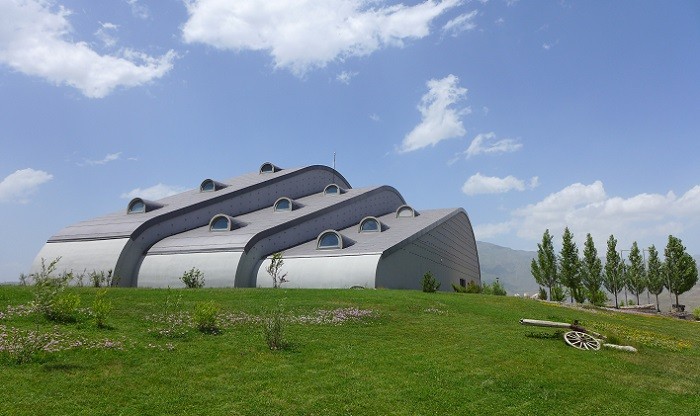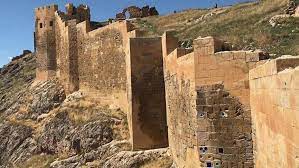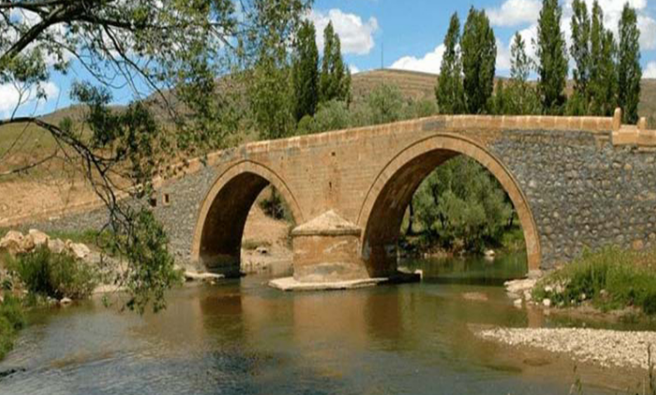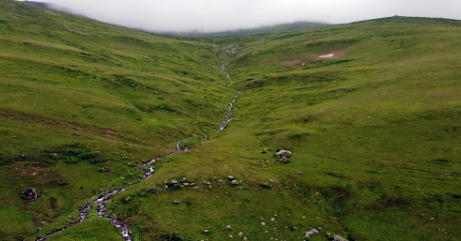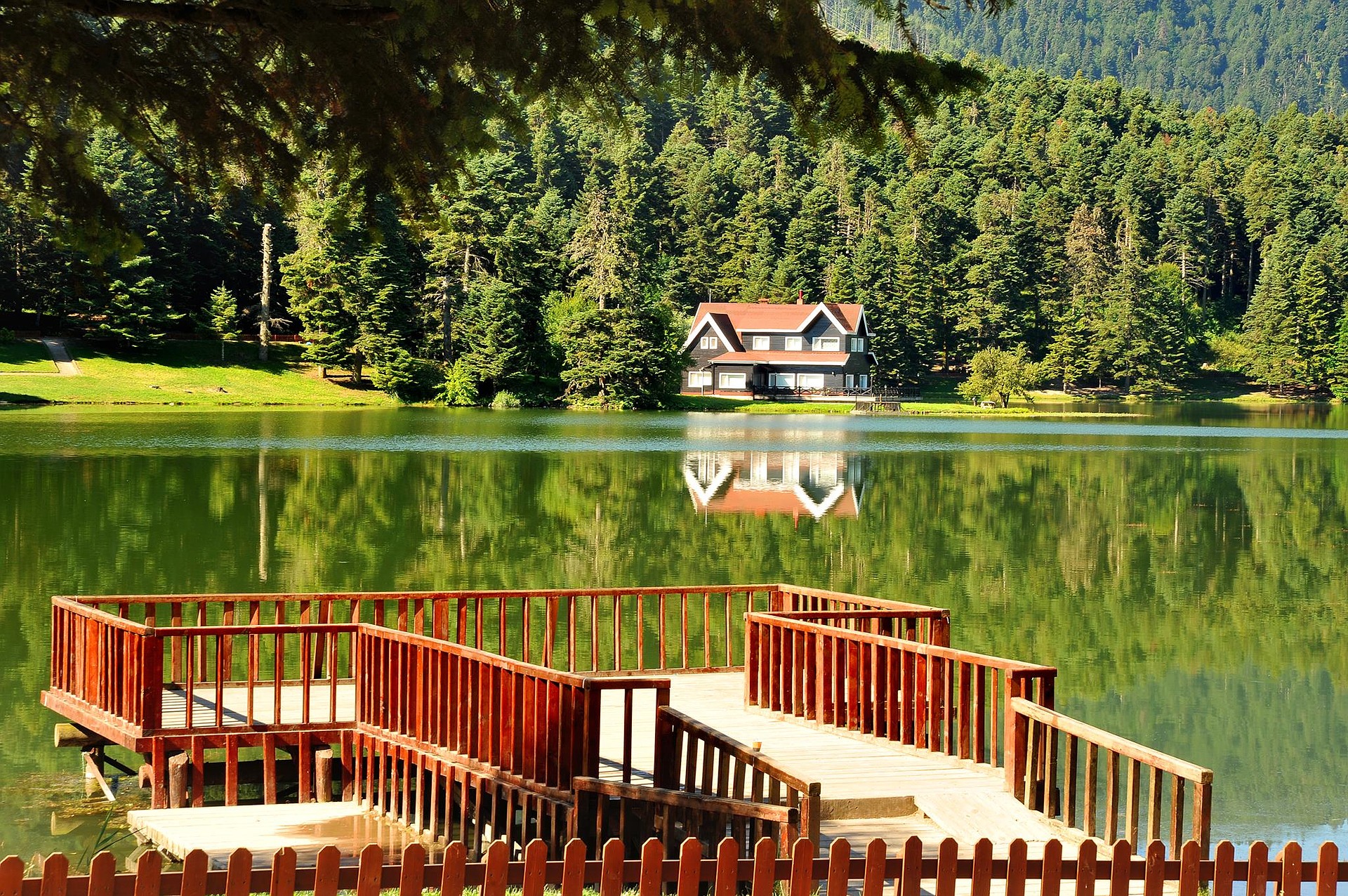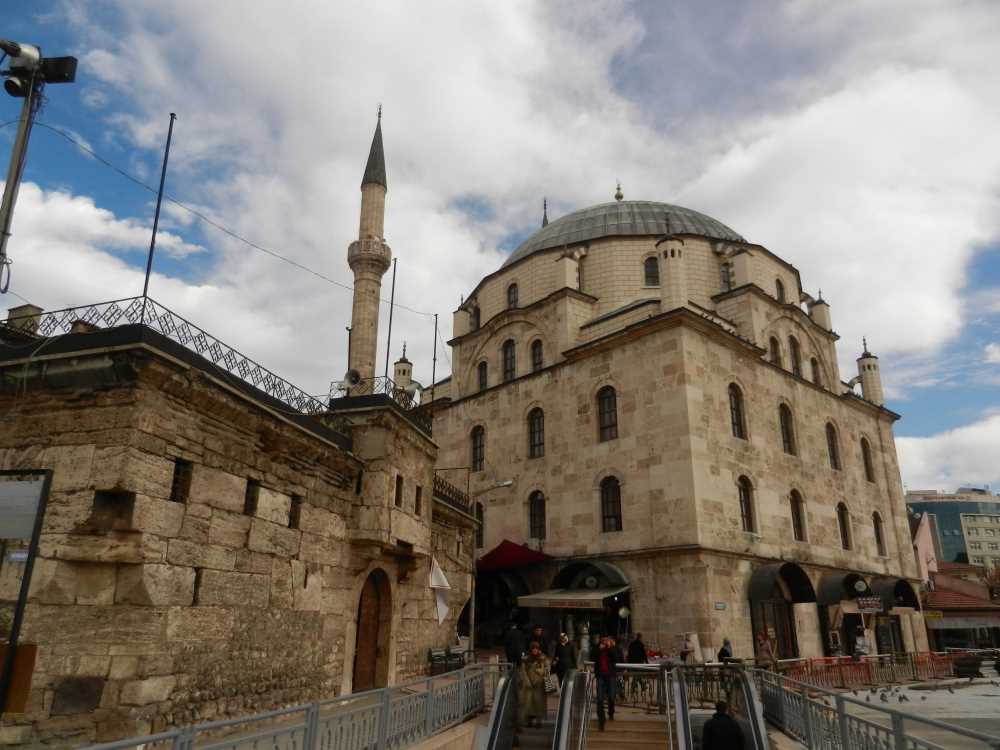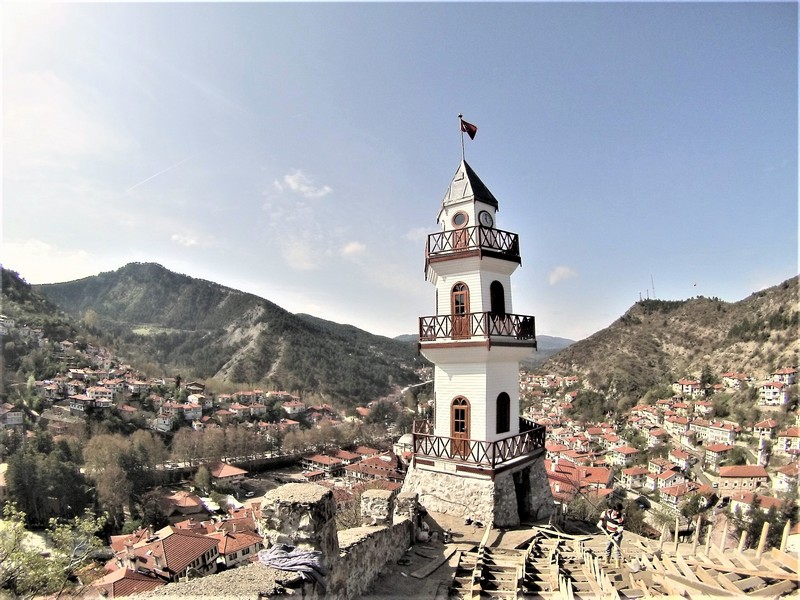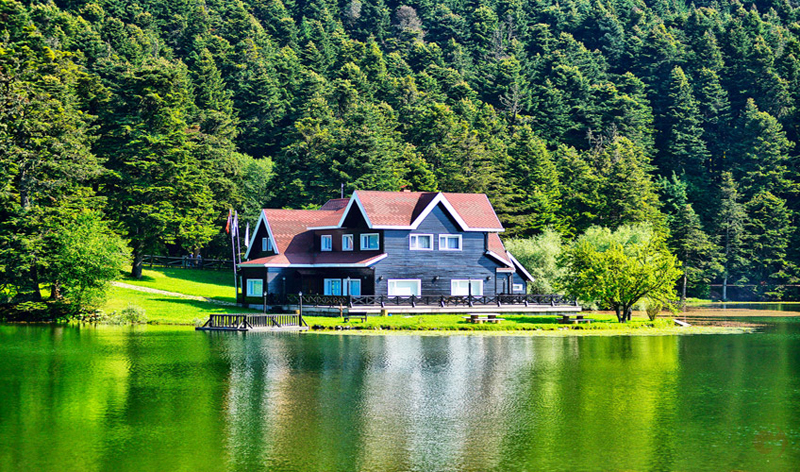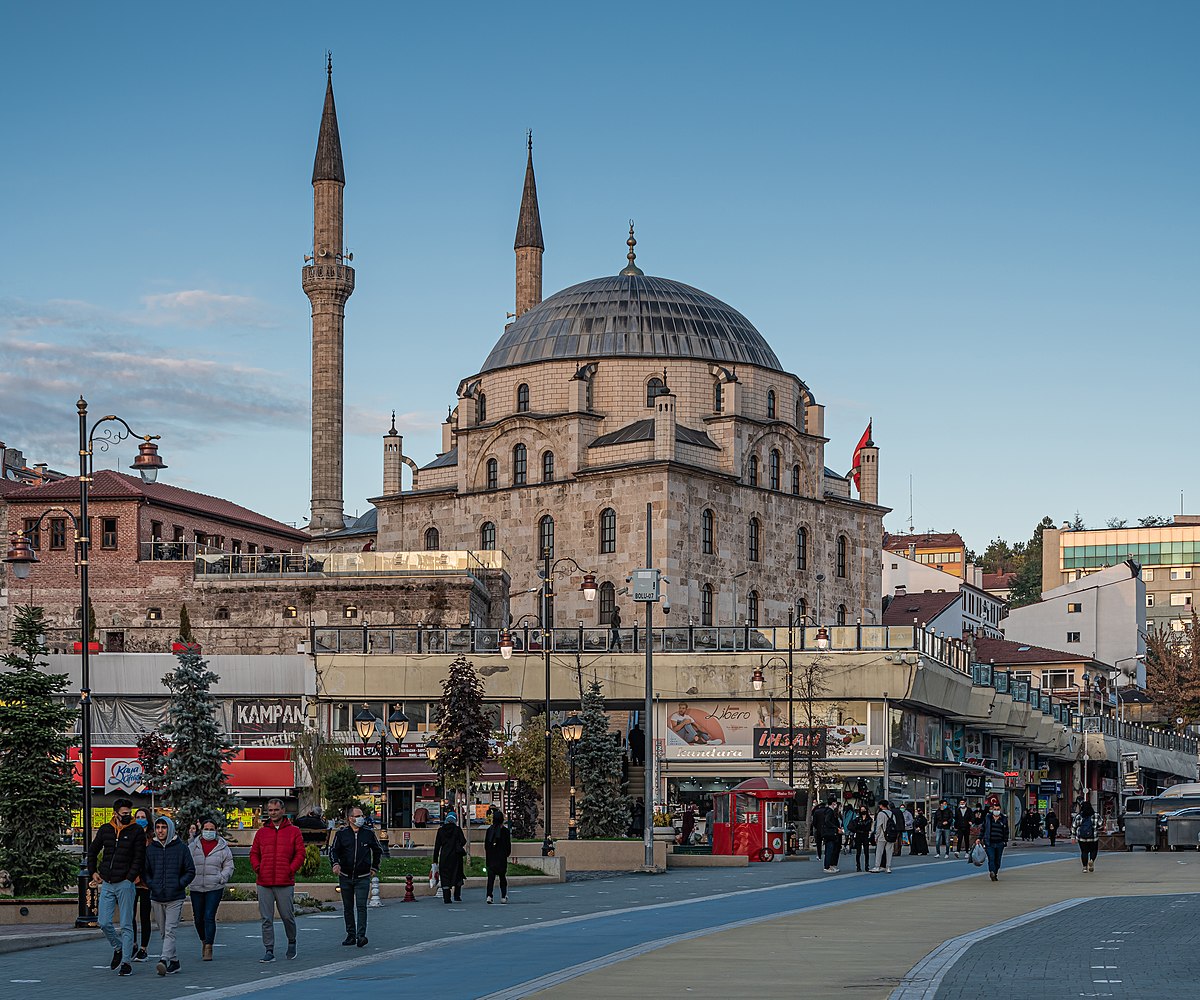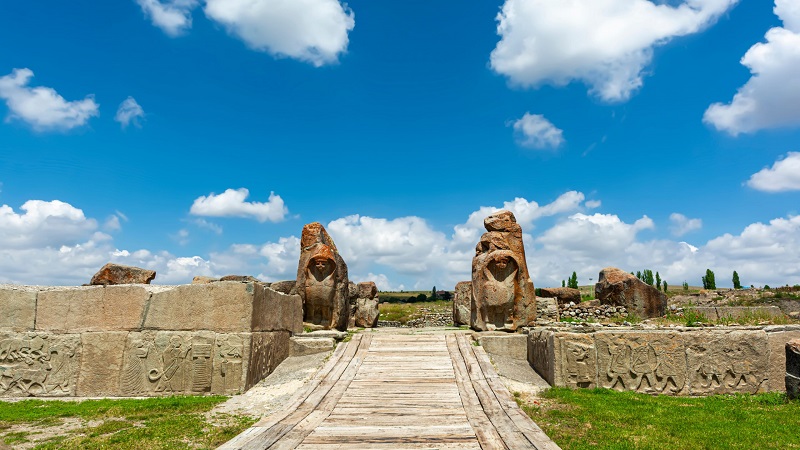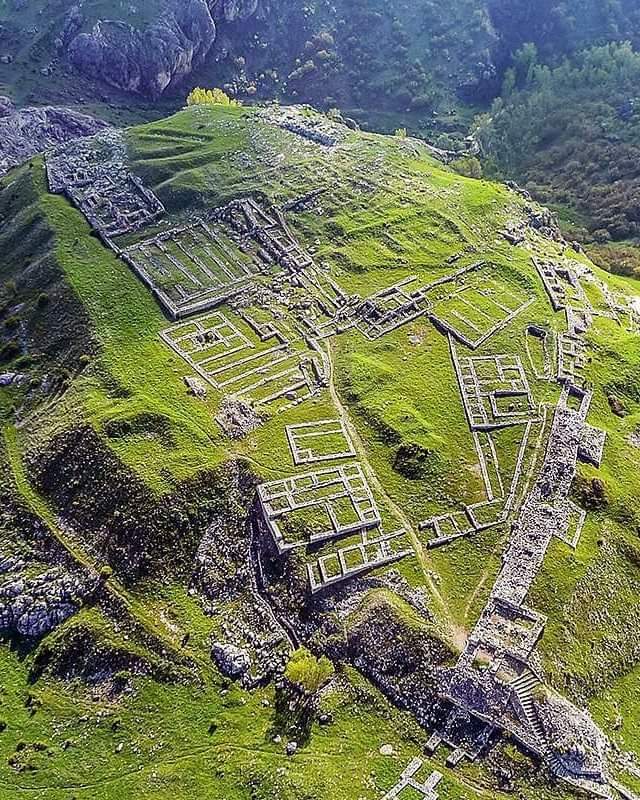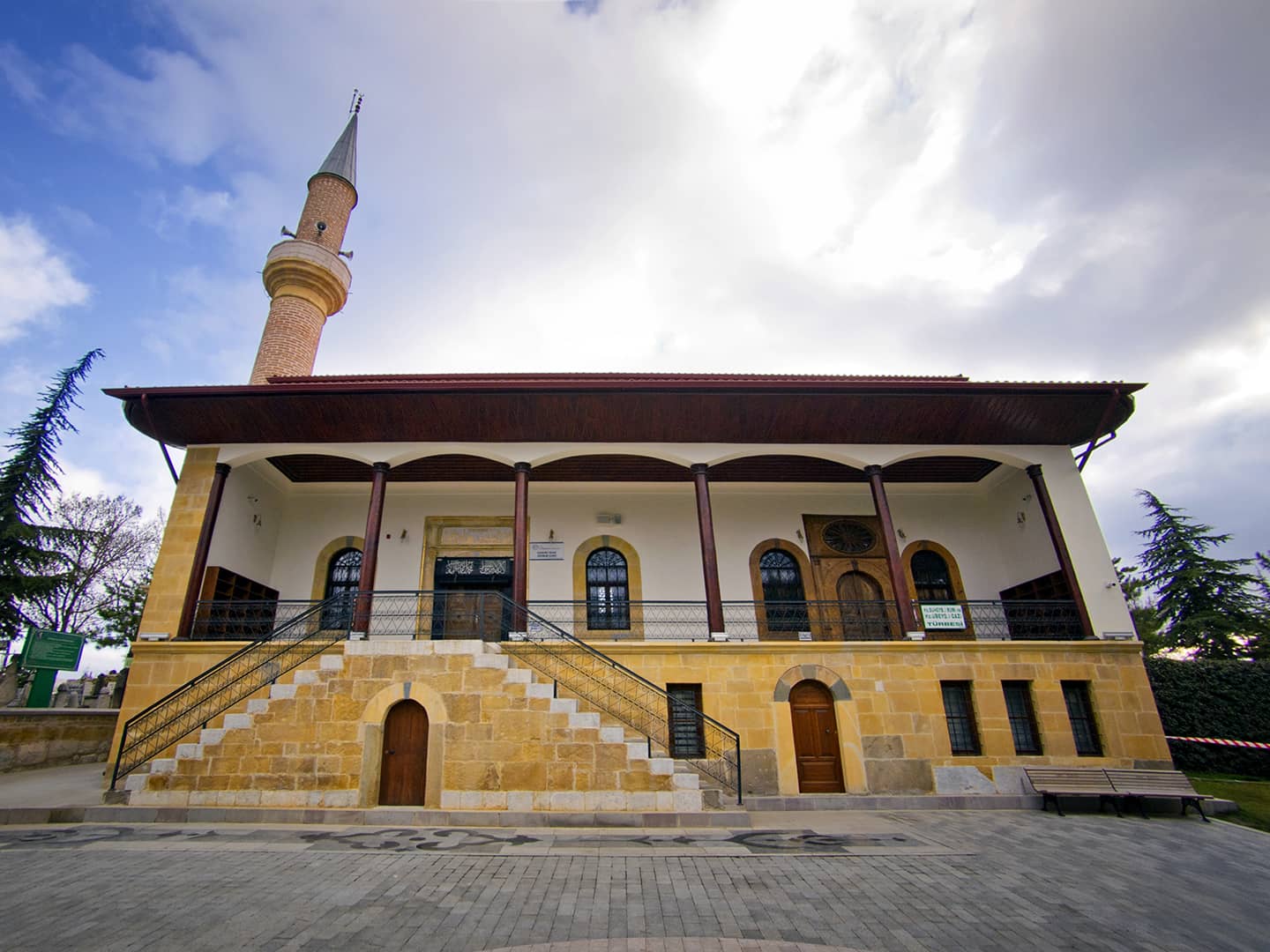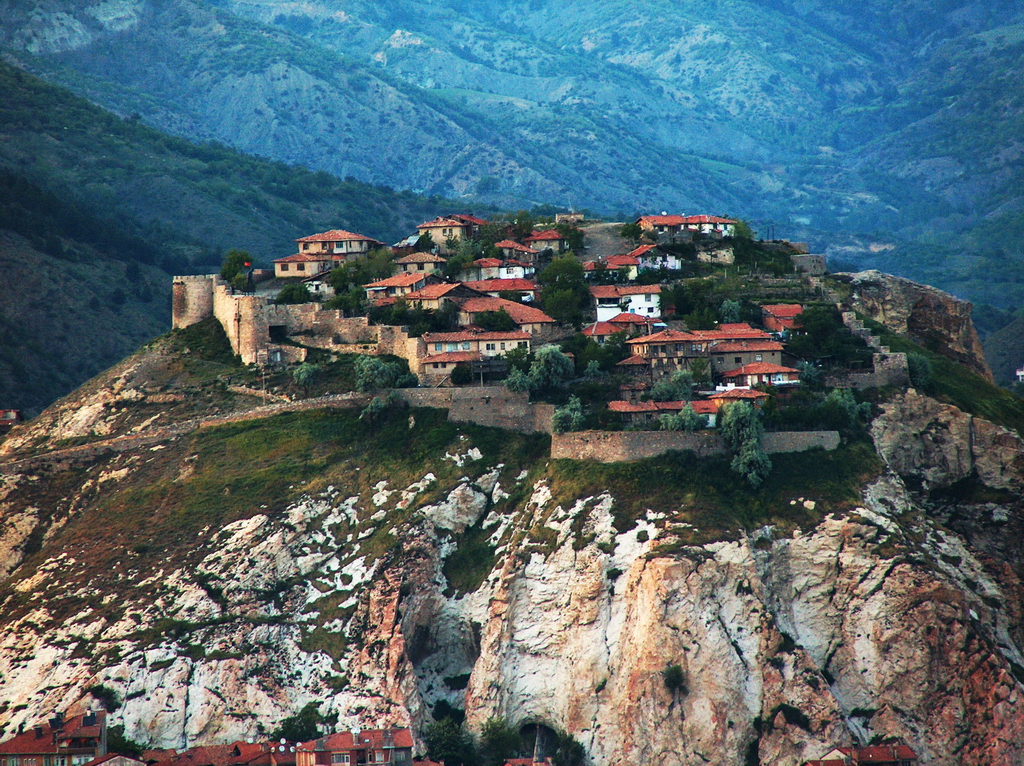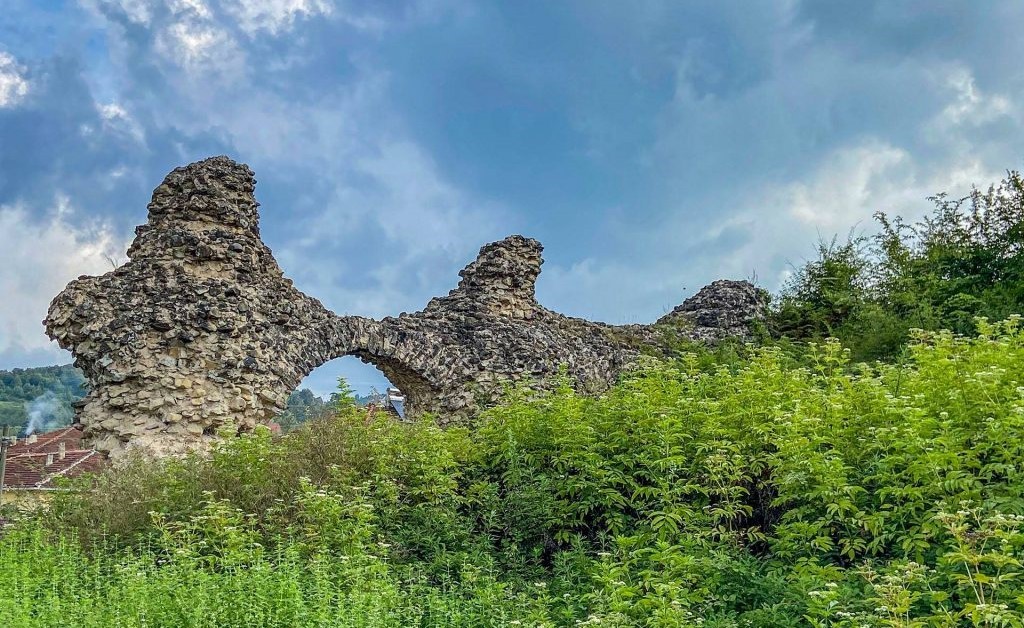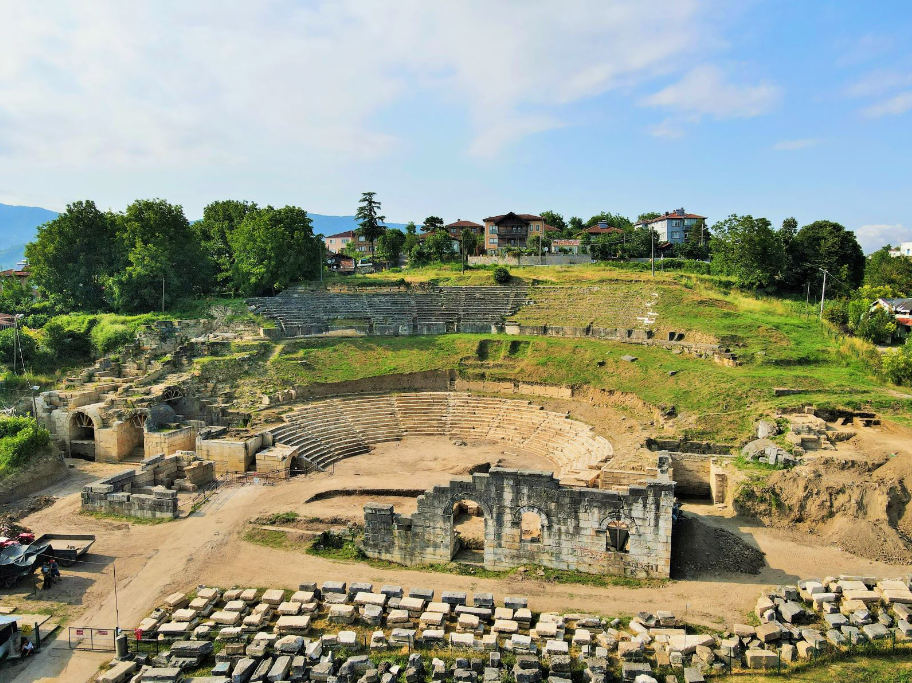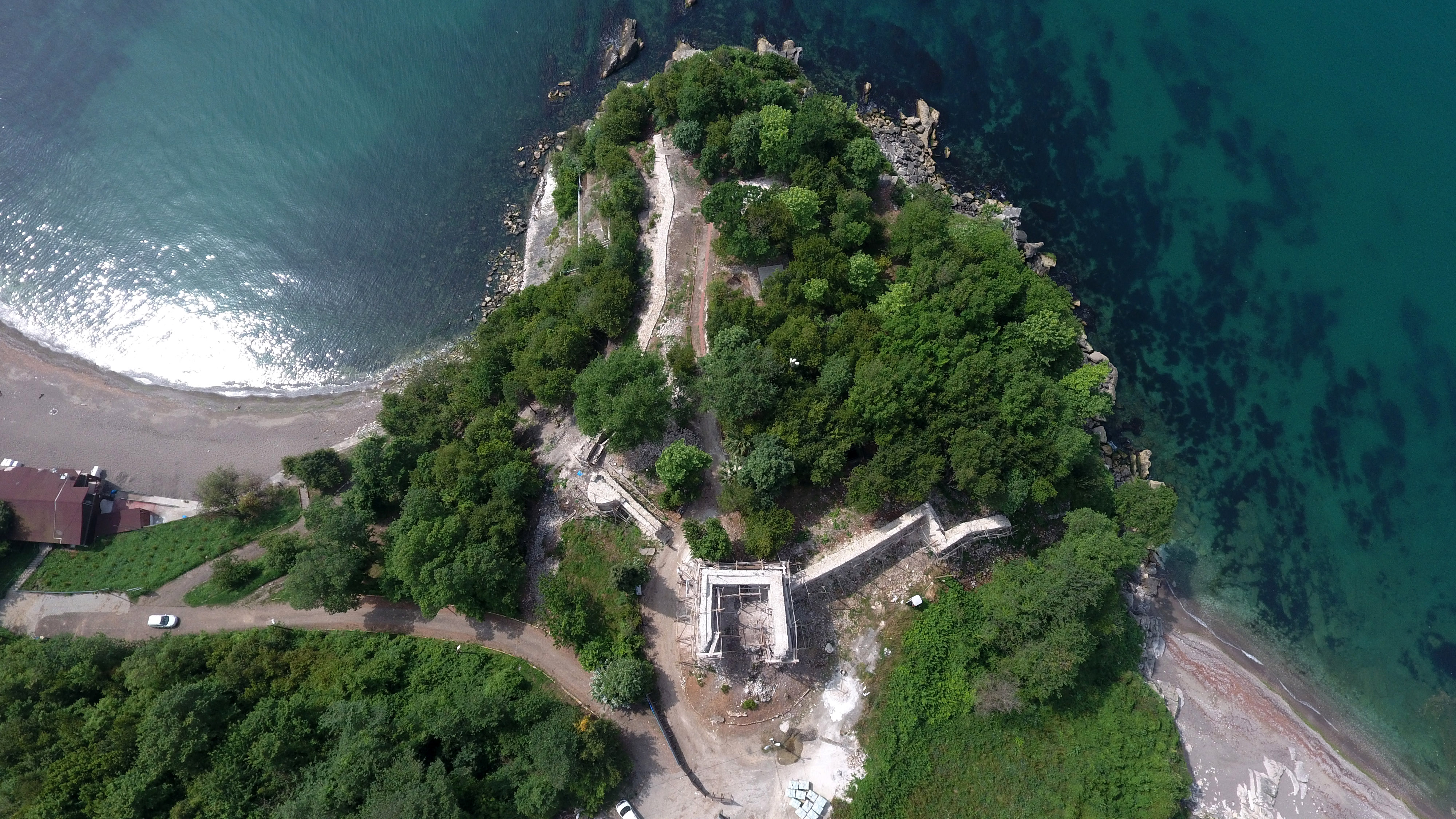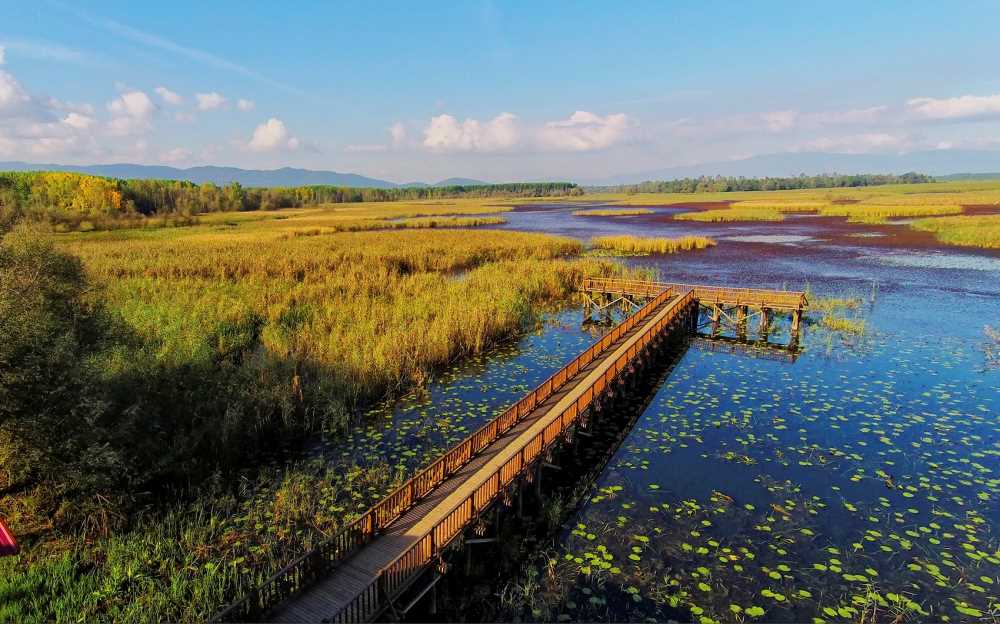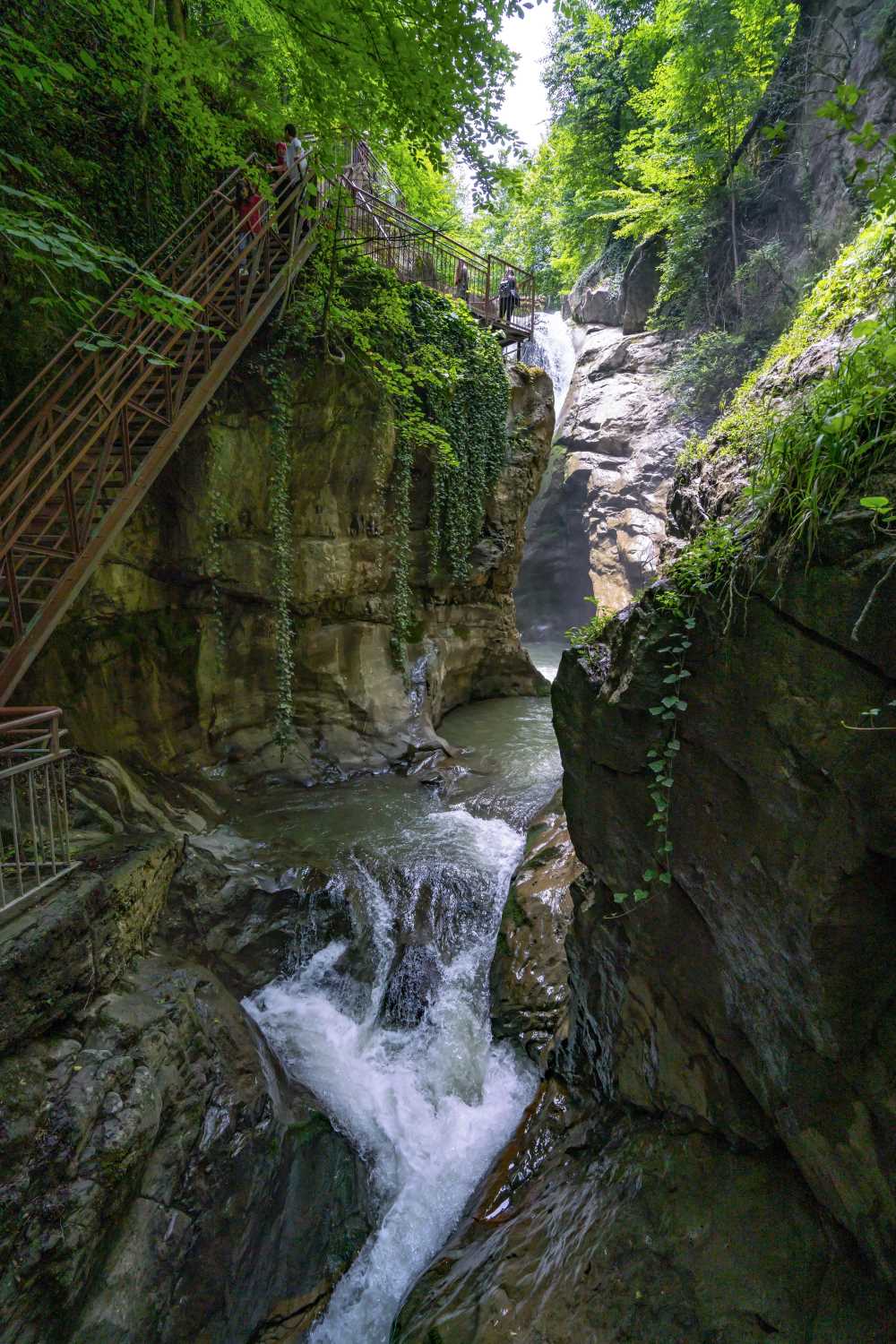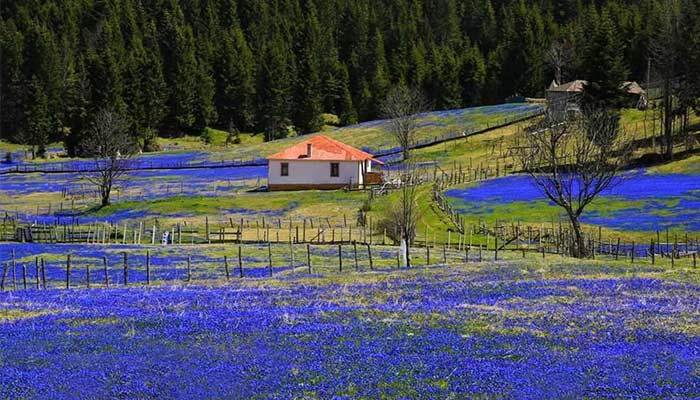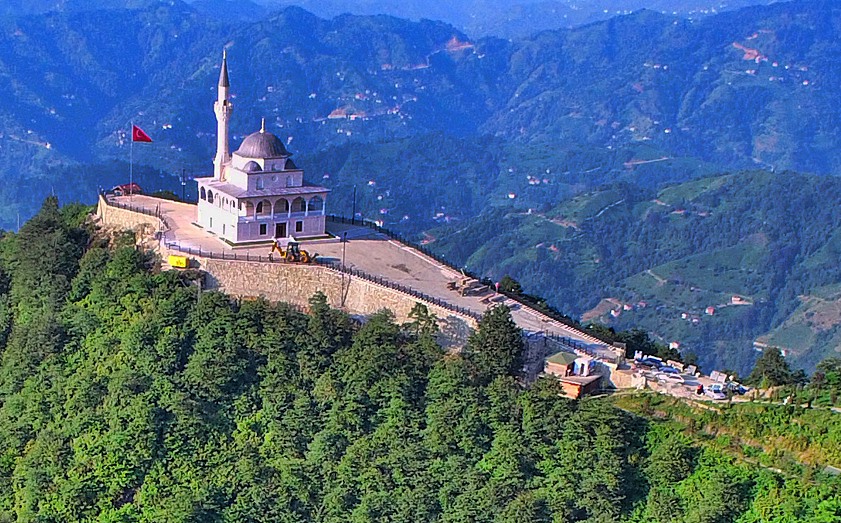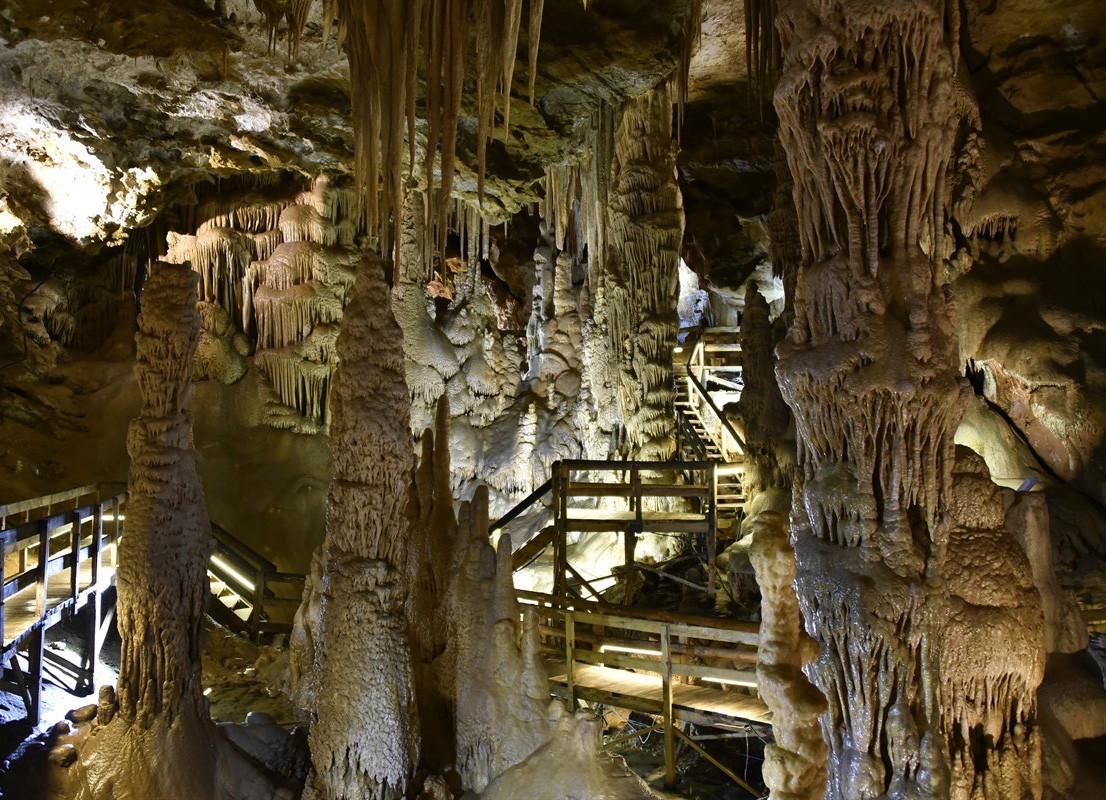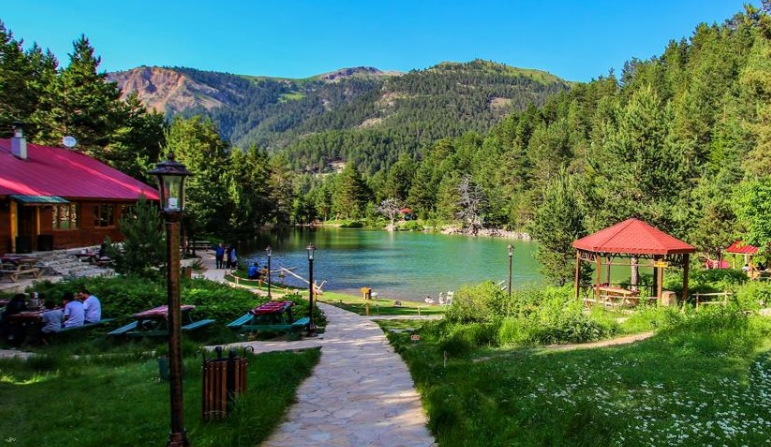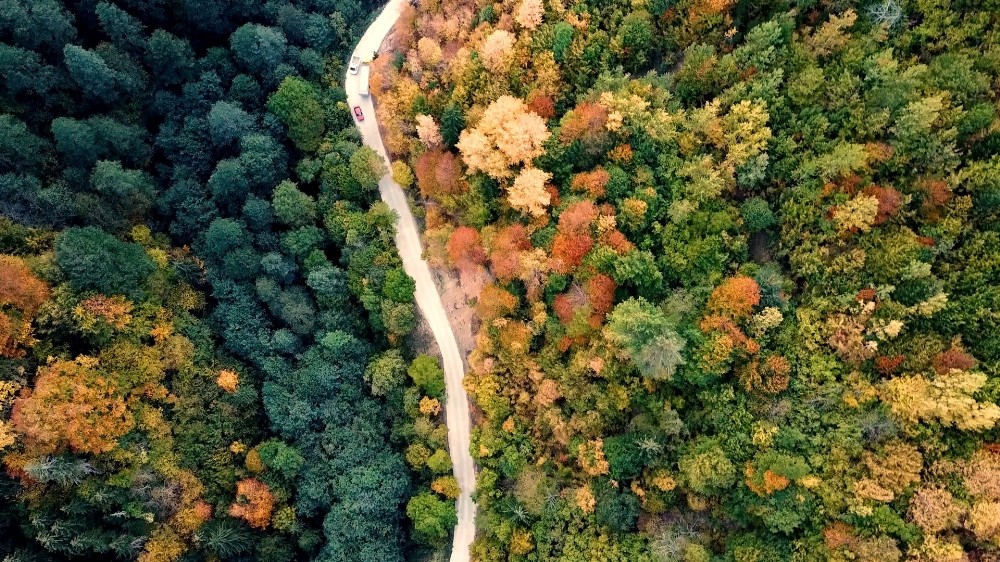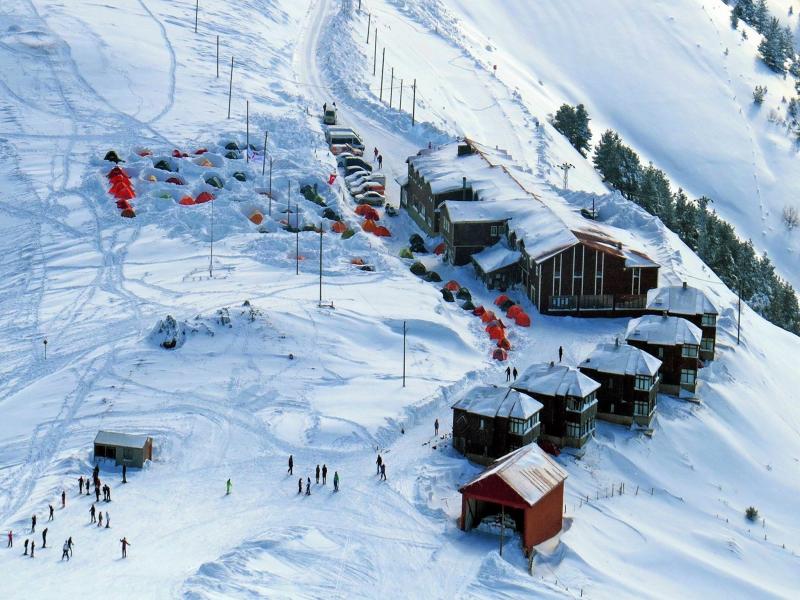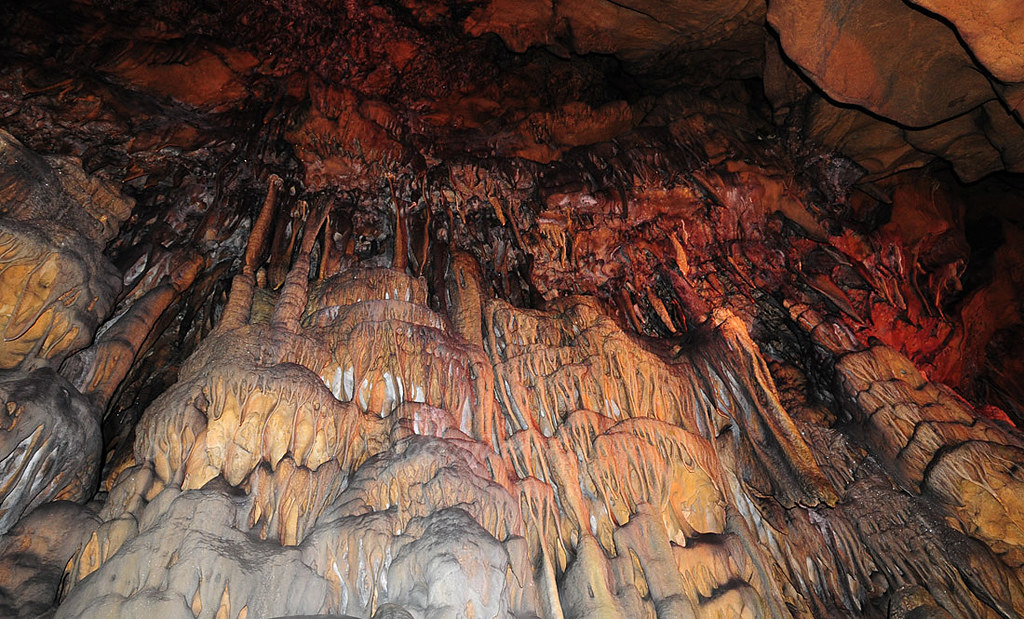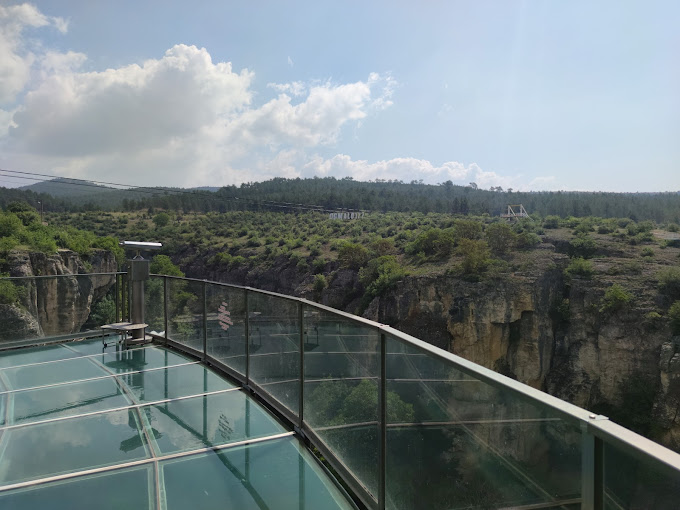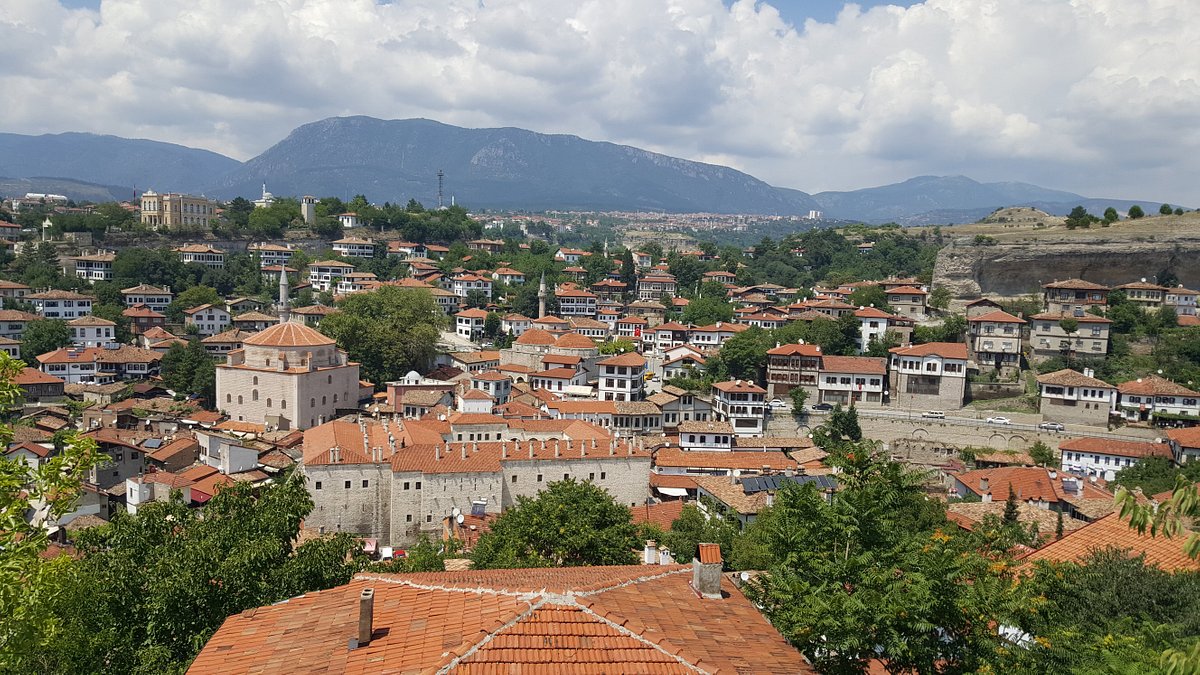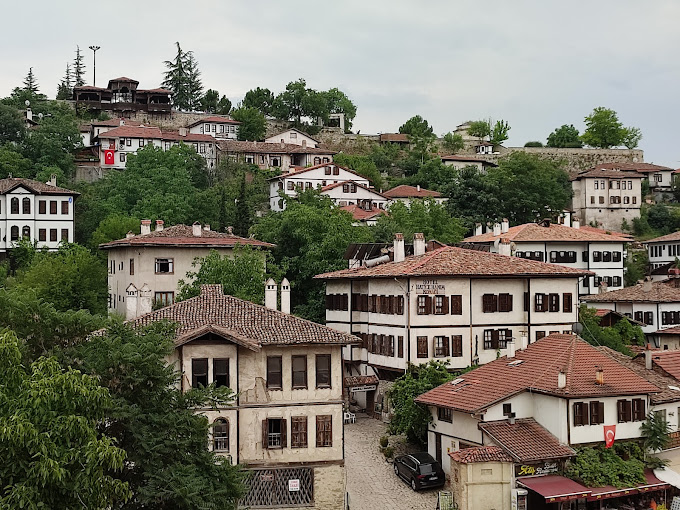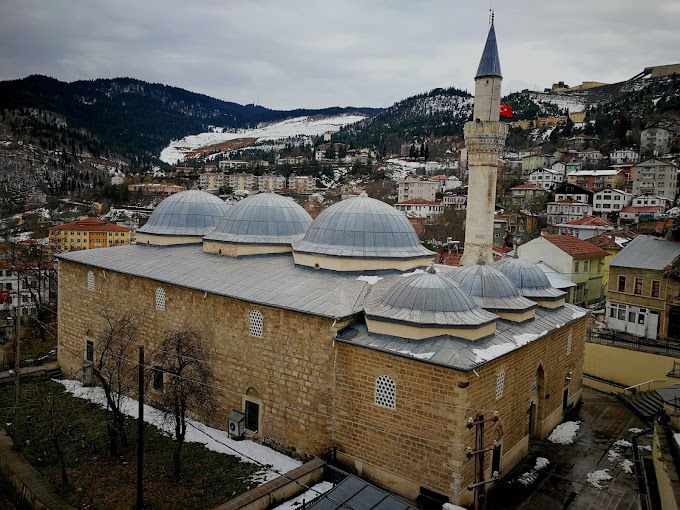Şeyh Şaban-ı Veli Mosque
Şeyh Şaban-ı Veli was born in Cimdar District of Çakırçayı Village, Hanönü district of our province, in M.1471. He lost his father before he was born and his mother when he was three years old. He took Şaban Efendi under the auspices of a benevolent lady and sent him to Istanbul to complete his education. When the necessary sciences are completed in Istanbul; The publication of science was allowed by giving his icazetname by his teachers. While returning to Kastamonu, he visited His Holiness Sheikh Hayreddin Tokadi in Bolu and reached maturity by staying there for twelve years. When he came to Kastamonu, he first stayed in the courtyard of the Cemalettin Masjid in the Hisarardı District and then in the Seyid Sunneti Masjid, during which he began to be recognized and understood by the people.Şaban Efendi, the founder of the Şabaniye branch of the Halveti Sect, was invited to the Honsalar Mosque by his friends. When this place burned down after a while, a house close to Sayyid Sunnati Masjid was donated by Eyüp Khalifa. While he was alive, he had a foundation prepared for himself and his sheikhs. When he died on May 4, 1569, Osman El Halveti took his place. Until the closure of dervish lodges and zawiyas in 1925, twenty individuals continued the guidance of the Halveti Sect.From the inscription of the mosque, in M.1580, III. It is understood that it was built by Murad's teacher Suca Efendi.Since the mosque is also full of Halveti Lodge, there are private rooms at the back inside. In 1702, the dervish rooms, kitchen, windows and private rooms adjacent to the mosque were repaired.In the complex, which was repaired again in 1748 A.D., repairs were made by the General Directorate of Foundations in 1950 and by its association in 1968, and repairs and arrangements were made by the foundation in 1998. The floor and ceiling of the mosque are wooden. The mihrab is decorated with plaster. The pulpit and the pulpit are embroidered with mother-of-pearl on wood.The construction of the mausoleum started in M.1575. By Ömer Bey, the Grand Vizier of Sultan Ahmed and the Kethüdası of Murat Pasha, in 1612, a wall was built up to the iron windows.After two years, it was completed with the help of the Kure Kadi Ulemadan Akkaş (Ökkeş) Efendi and the heads of Ali Kabucu, Mehmet Ağa, Ulemadan Derviş Ömer Fuadin and the people of Kastamonu. (M.1615) There are sixteen sarcophagi in the tomb, belonging to Şaban Efendi and his furnishings.In front of the mosque qibla wall, there is the grave of Sayyid Sunnati Efendi (died H.864-M.1469), and the graves of those who were buried before reaching the dervish lodge. The two large mansions on the north side of the complex are examples of beautiful civil structures. The mansion, located on the side of the mosque, was restored by the Foundation and opened as a museum.The other mansion in the east is also used as an exhibition hall. Asa Water, which flows thinly next to the tomb, is clear and light water. Because it tastes like Zamzam Water, it is believed to be healing by the people and visitors.





